Our new research found that there are certain aspects of a person’s personality that can influence their creativity.
Psychologists often measure creativity using divergent thinking tasks. These require you to generate as many uses as possible for mundane objects, such as a brick. People who can see numerous and diverse uses for a brick (say, a coffin for a Barbie doll funeral diorama) are rated as more creative than people who can only think of a few common uses (say, for building a wall).
The aspect of our personality that appears to drive our creativity is called openness to experience, or openness. Among the five major personality traits, it is openness that best predicts performance on divergent thinking tasks. Openness also predicts real-world creative achievements, as well as engagement in everyday creative pursuits.
As Scott Barry Kaufman and Carolyn Gregoire explain in their book Wired to Create, the creativity of open people stems from a “drive for cognitive exploration of one’s inner and outer worlds”.
This curiosity to examine things from all angles may lead people high in openness to see more than the average person, or as another research team put it, to discover “complex possibilities laying dormant in so-called ‘familiar’ environments”.
Learn more / En savoir plus / Mehr erfahren:
http://www.scoop.it/t/21st-century-learning-and-teaching/?&tag=Creativity
https://gustmees.wordpress.com/?s=creativity
Via
Kim Flintoff,
Gust MEES



 Your new post is loading...
Your new post is loading...

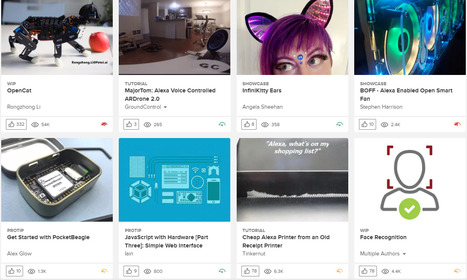

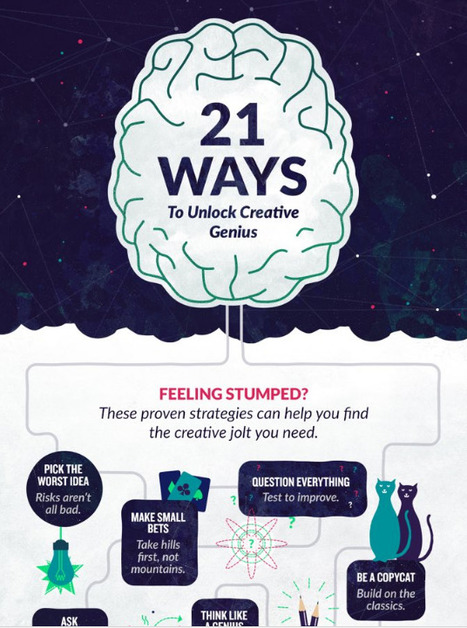

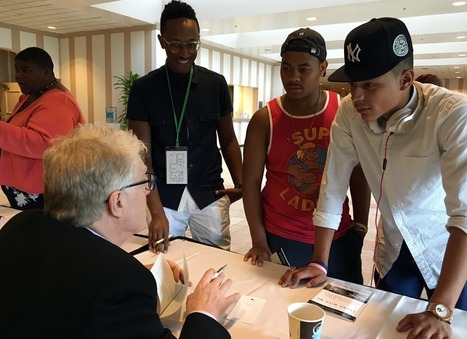
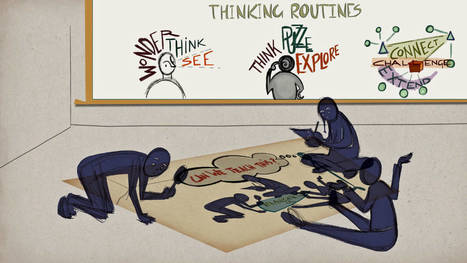



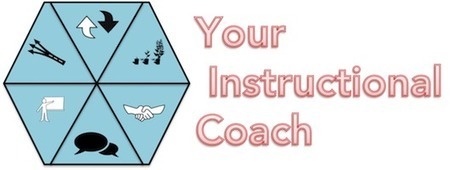

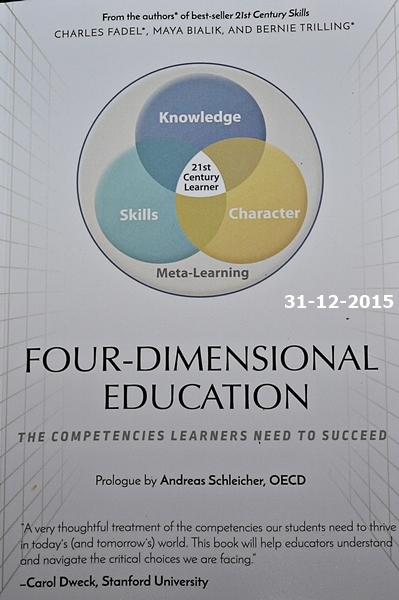





Learn to design, create, and program electronics
11,116 open-source project tutorials shared by 408,637 developers
Learn more / En savoir plus / Mehr erfahren:
https://gustmees.wordpress.com/?s=maker
https://www.scoop.it/t/21st-century-learning-and-teaching/?&tag=makerspace